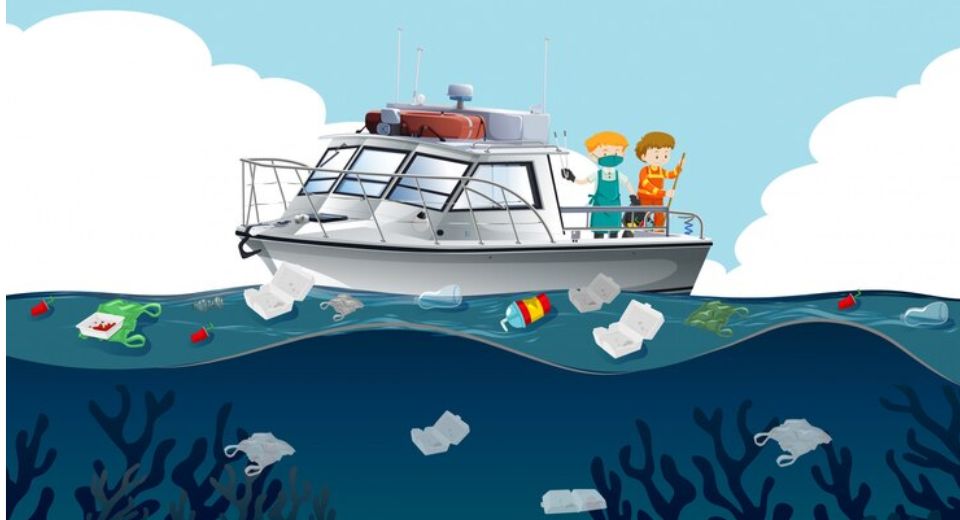
Apr 10, 2024

The global Automated Marine Debris Collection Equipment Market, as outlined in the latest report by Metastat Insight, represents a critical frontier in the ongoing battle against ocean pollution. This burgeoning sector is driven by the pressing need to address the escalating threat posed by marine debris to aquatic ecosystems, marine life, and human health. With the proliferation of plastic waste, discarded fishing gear, and other pollutants in our oceans, the demand for automated solutions for marine debris collection has never been more urgent.
Automated marine debris collection equipment encompasses a wide range of technologies and devices designed to efficiently and effectively remove debris from marine environments. These innovative solutions leverage robotics, artificial intelligence, and advanced sensing technologies to navigate waterways, detect and collect debris, and transport it to designated disposal sites. From autonomous surface vessels equipped with onboard sensors to underwater drones capable of scouring the ocean floor, these cutting-edge tools are revolutionizing the way we tackle marine pollution.
One of the key drivers propelling the growth of the global automated marine debris collection equipment market is the increasing awareness of the devastating impacts of marine pollution on marine ecosystems and biodiversity. As scientific research continues to shed light on the extent of the problem, governments, environmental organizations, and stakeholders are ramping up efforts to mitigate the effects of marine debris and restore the health of our oceans.
Furthermore, stringent regulations and policies aimed at reducing marine pollution are driving the adoption of automated marine debris collection equipment by port authorities, coastal municipalities, and maritime industries worldwide. These regulations, coupled with growing public pressure for sustainable solutions, are creating a conducive environment for market growth and innovation in the automated marine debris collection equipment sector.
In addition to regulatory drivers, technological advancements are also playing a pivotal role in shaping the evolution of the global automated marine debris collection equipment market. With rapid developments in robotics, sensor technology, and artificial intelligence, manufacturers are continuously introducing new and improved solutions that offer enhanced efficiency, accuracy, and environmental performance.
Moreover, the growing emphasis on corporate social responsibility and sustainability initiatives is fueling demand for automated marine debris collection equipment among businesses operating in maritime industries such as shipping, aquaculture, and offshore energy. Companies are increasingly recognizing the importance of minimizing their environmental footprint and are investing in automated solutions to mitigate the impact of their operations on marine ecosystems.
The global automated marine debris collection equipment market is characterized by intense competition and a diverse landscape of players ranging from established industry giants to innovative startups. Market participants are focusing on strategic collaborations, partnerships, and mergers and acquisitions to gain a competitive edge and expand their market presence. Additionally, investments in research and development are driving innovation and the introduction of next-generation technologies that promise to further revolutionize the sector.
Despite the significant strides made in automated marine debris collection technology, several challenges remain. Technical complexities, high upfront costs, and operational constraints pose hurdles to widespread adoption, particularly in developing regions with limited resources and infrastructure. Furthermore, the sheer scale of the marine debris problem necessitates a collaborative and multi-stakeholder approach involving governments, NGOs, industry players, and the public to achieve meaningful and lasting solutions.
The global automated marine debris collection equipment market represents a critical frontier in the fight against ocean pollution. With growing awareness, regulatory support, technological advancements, and industry collaboration, the sector is poised for robust growth in the coming years. As stakeholders across the globe intensify efforts to safeguard our oceans and marine ecosystems, automated marine debris collection equipment will continue to play a vital role in preserving the health and vitality of our planet's most precious resource.
Drop us an email at:
Call us on:
+1 214 613 5758
+91 73850 57479